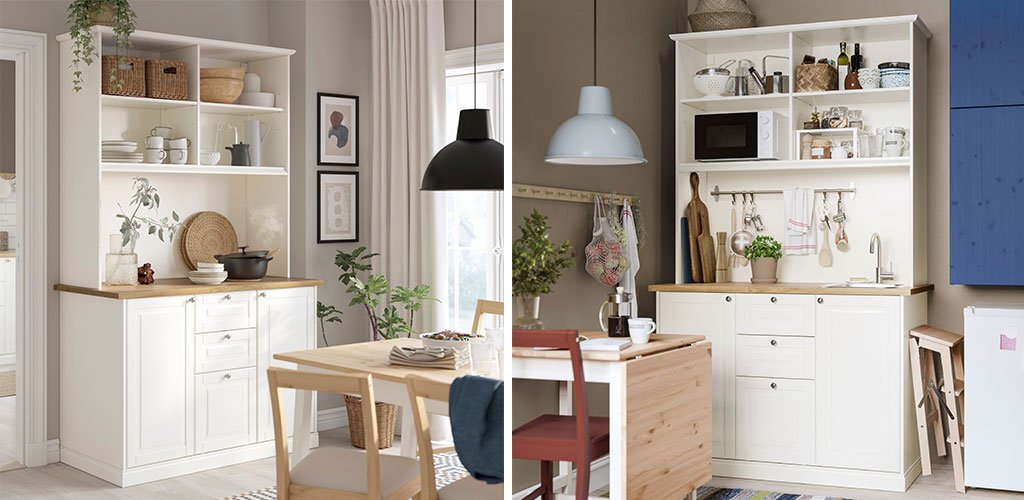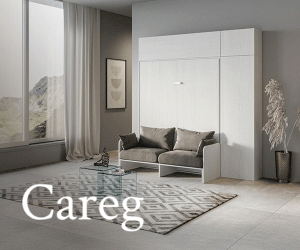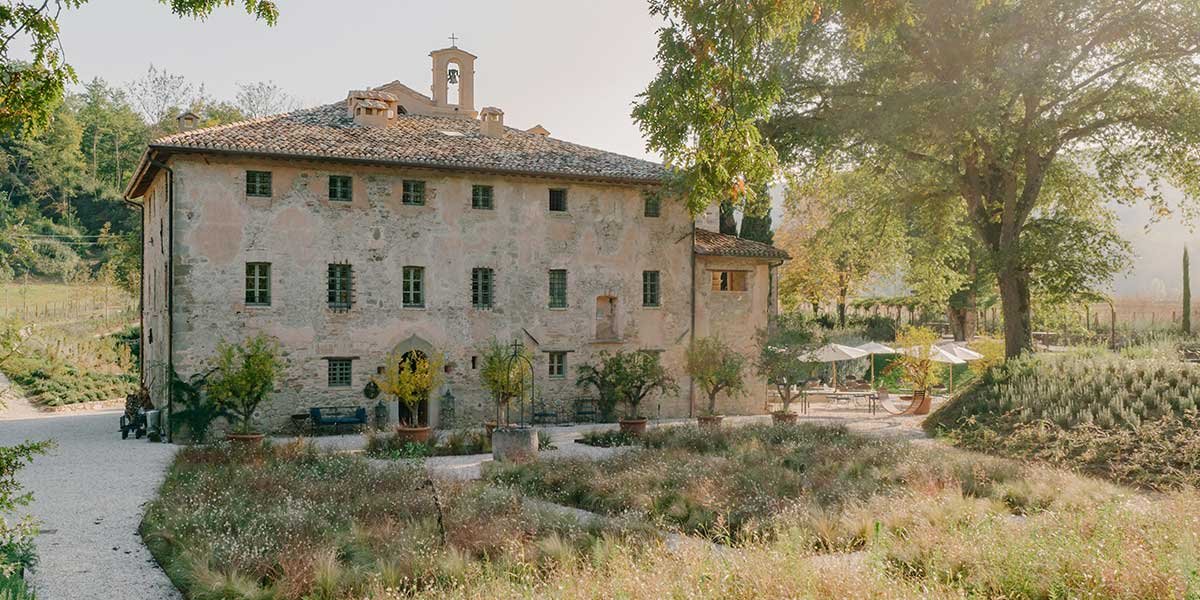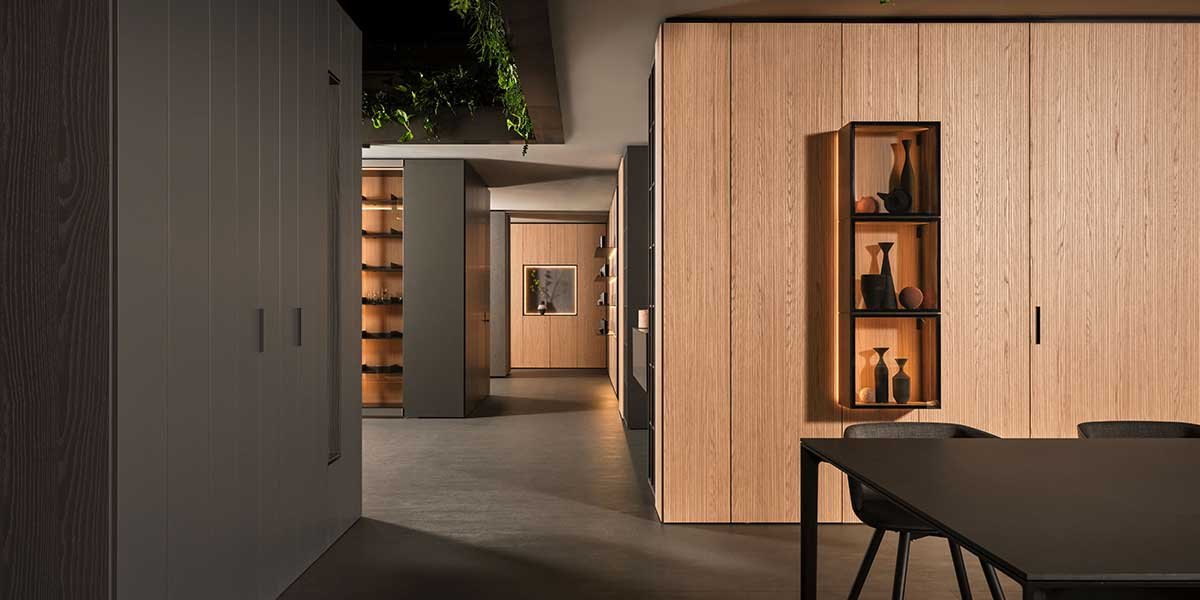by Roberta del Vaglio.
Innovative solutions for small spaces, where design and practicality come together to create welcoming and organized environments, optimizing every corner but without sacrificing style and comfort.
In 1963, the ADI awarded the Compasso d’Oro to Joe Colombo’s Minikitchen for Boffi, one of the very first projects for a small kitchen, reduced to a minimum in size, but complete and functional. After fifty years, we can count on many more projects that are attentive to aesthetics, practicality and sustainability that do not give up, in a small space, any plus in terms of performance. It is not just an evolution given by current housing dynamics, but a clear vision of new needs and a design attentive to real priorities. In this dynamic, all that remains is to analyze your needs for an accurate choice.
Minikitchen by Carlo Colombo for Boffi – boffi.com

WHO USES IT AND HOW: HOME APPLIANCES
The kitchen is an operational space, which is why, regardless of its size, the first step is to focus on how it will be used and by whom. The needs of a family are different from those of a single person, there are those who regularly eat out and those who, instead, often have guests for dinner and so on. In a mini-kitchen, for example, you can decide to eliminate the microwave oven or the dishwasher, or opt for models with a smaller footprint. However, you cannot do without at least a cooking plate and a sink, which represent the minimum equipment to make it functional.
Sorpresa by Fabita – fabita.it

Miniki kitchen – miniki.eu

AVAILABLE SIZES, STANDARD AND SPECIAL FORMATS
Taking measurements of the space to be allocated to the kitchen is important and this is even more true if the square footage is limited. In these cases, the design is attentive to the millimeter and a handful of centimeters can really make the difference. The available width, height and depth must be related to the standard measurements of household appliances and storage furniture but also, fortunately, to the special measurements designed specifically for small kitchens.
Fully disappearing kitchen Mini kitchens – minicucine.com


CLASSIC, RETRACTABLE AND FREESTANDING
Even in the case of mini solutions, you can choose between different typologies: in addition to the classic linear kitchen, there are disappearing models, to be hidden behind special doors, and freestanding mini kitchens. The choice must always be made starting from the frequency of use and the characteristics of the surrounding space. For example, if we are in an open space, the retractable typology could be interesting, which instead makes less sense in an independent environment, even if small.
Onnerup by Ikea – ikea.com

Fluido by Martex – martex.it

SMALL ATTENTIONS
A freestanding refrigerator with a retro design does not take up little space but makes it interesting. It’s best to keep the urge to collect an indefinite number of plates, glasses, pots and pans at bay: they’re not necessary and need to be stored somewhere. The same goes for food, which should be purchased in the right quantity to avoid not knowing where to put it. Finally, creating a harmonious combination of closed cabinets and open shelves allows you to exploit the walls and make the overall vision more dynamic.
Line by Monolitika – monolitika.it

On the cover, Urban by Siematic – siematic.com


























